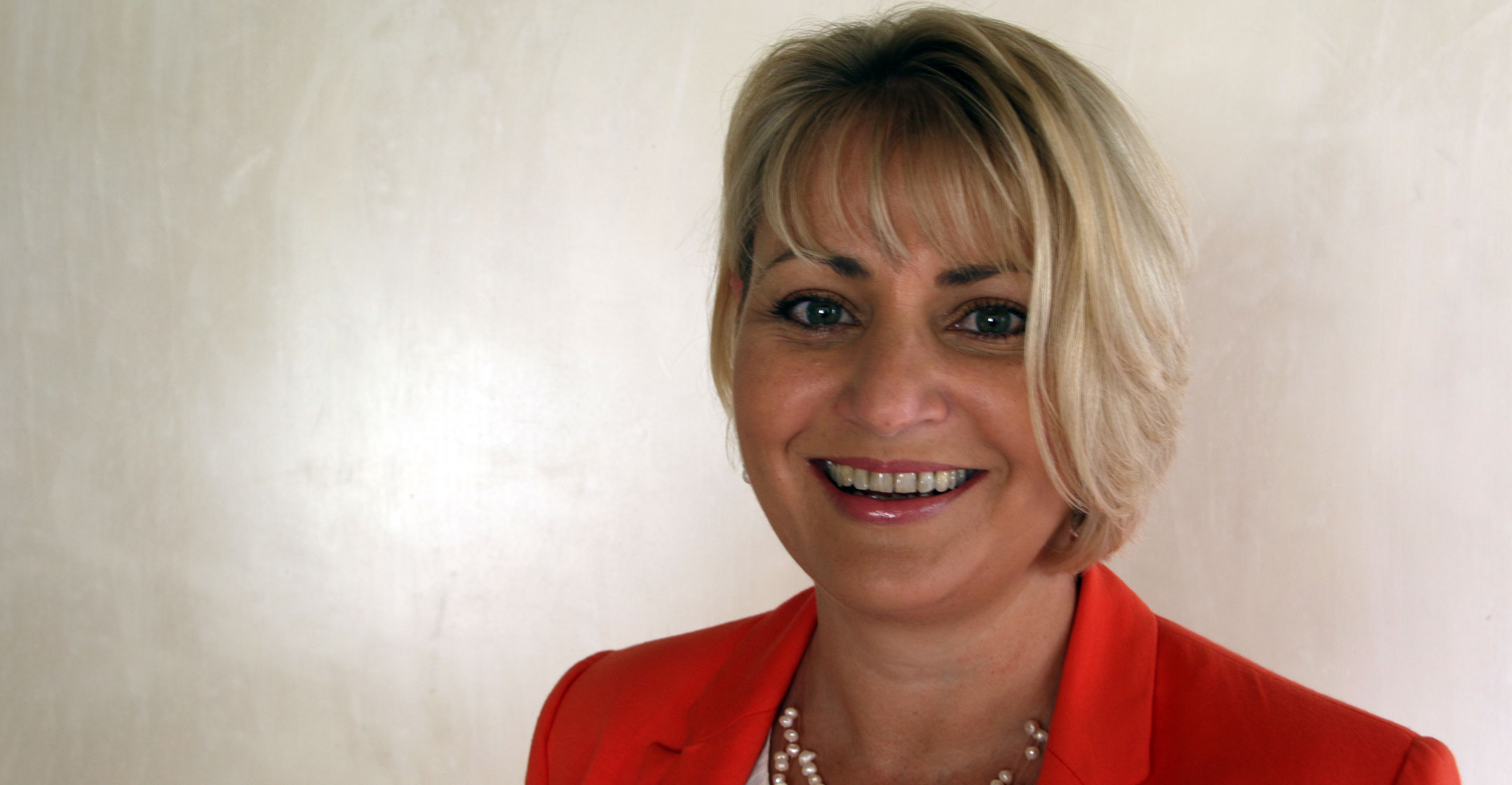 The rapid pace of technological evolution, sped up even more out of necessity to deal with the fallout of the Covid-19 pandemic, has meant that businesses — and people — have had to keep up with an almost relentless bombardment of change. Ironically, the surest path to success is slowing down, regaining balance, and then making informed decisions.
The rapid pace of technological evolution, sped up even more out of necessity to deal with the fallout of the Covid-19 pandemic, has meant that businesses — and people — have had to keep up with an almost relentless bombardment of change. Ironically, the surest path to success is slowing down, regaining balance, and then making informed decisions.
The old idiom of one man’s meat being another’s poison could not be more poignant in 2021. Everyone knows Covid-19 has sped up digital transformation and so there is a clamour to keep up with, and base technology decisions on, what other businesses are doing. This could be an expensive mistake and is precisely where management consultants and business advisors can guide C-suites to calmer waters amid the storm.
Slowing down to go faster means that despite the roar of the fourth Industrial Revolution (4IR), executives would do well to work with partners to better understand their business, their own context and the nature of the problems they need to solve, and then find the opportunities that exist to solve these problems in an effective and measurable way.
The problem with urgency is that often a leadership team can get caught up in an idea and run down the wrong path, such as implementing new technology for technology’s sake to try and achieve a business goal. The problem with this is that the best technology is meaningless with the wrong people, and the best people can be hamstrung by inefficient processes. Solving problems effectively, without fail, involves a finely tuned triad of people, process and technology.
Starts with people
Even in the context of the 4IR, it all starts with people. Technology is going to be used and managed by people – even with the most seamless automation, there are people at some point in the value chain. The effect of investing in technology and redesigning processes depends on how the people in the business adapt. People are three-dimensional and are influenced by all sorts of things – they have relationships, irritations and individual personalities, and may become involved in office politics as frustrations boil over. On the other hand, people are creative, loyal when valued and can bring out the best in a business.
Beyond this, there’s little point in investing in platforms that require certain skills that are absent in a business, which needs to be addressed. Over the years, as we’ve partnered with businesses to find bottlenecks and blockages, and develop solutions to these problems, we’ve found that people’s skills, aptitude and attitude weave together to form the tapestry of an organisation’s status quo.
To shift their behaviour and empower them to buy into new processes and technology, requires commitment from a business’s leadership. Over the years, it has become patently clear to us that paying lip service to the human resources of a business is a recipe to perpetuate the status quo.

Equally, if the leadership teams themselves are not committed to enabling their people to operate differently, then whichever new efficiencies are envisioned is not going to bear fruit. However, in our recent interactions, there’s a definite shift towards appreciating the importance of connecting with people in the business and understanding where they are, professionally, emotionally and technically. Hopefully, this will be a long-lasting legacy of the pandemic’s disruption.
Technology is a hot topic, and many executives already have an idea of which technology they want to bring into their businesses – often for technology’s sake as opposed to being able to answer a precise question first. “What do you want to achieve?”
Far too often, decisions are made because they have worked for other businesses: Technology is purchased and then there is a scramble to figure out where and how to use it. Our approach has always been to ask: “What is it that you need to solve, or what opportunity do you want to leverage, and which technology is best to enable that outcome in your unique circumstances?”
There’s always been a strong bias towards technology because of its incredible potential to drive efficiencies. In working with an array of clients, we know without any doubt that the right technology investment pays off exponentially. But we also appreciate that looking exclusively at technology provides a one-dimensional view of the business and a problem the business needs to solve. In many ways, technology is the “easy bit” because so much of its success depends, as we’ve already seen, on the people.
Process
The third element, which works like a golden thread, is process – specifically a clear understanding of a business’s processes and how they need to change when technology is introduced. Certainly, in our experience, process becomes a vital element in the triad, holding two extremes together: the designed, programmed certainty of technology with the dynamic, unpredictable nature of people. Process determines the various touchpoints and the interaction between technology and people. Poor process triggers inefficiencies. Often, when analysing processes, we find that the problem is not necessarily where the executive thinks it is, but rather sits elsewhere and could be the result of several things, such as a lack of skills.
Poor process management can lead to peculiarities where people may be writing in their own books and filling their own spreadsheets in addition to using a prescribed system, for example. Often, this is due to a lack of training or distrust in technology, which is a result of poor change management. This presents immense risk for a business – is the truth in the process, or system, or is the truth in an employee’s private spreadsheet? Do you know? In the traditional office setup these things are easier to observe, but they are exponentially more difficult to spot and manage in a remote and hybrid working environment where people cannot be observed in the classic sense. This is something we are working very closely on with clients to find the most optimal solution.
Ultimately, the most rewarding moment for a consultant and the C-suite is looking at a business and seeing the difference that’s been made by balancing the triad of people, process and technology as opposed to the disappointment that often follows a panicked and ad hoc adoption of systems and processes that are not fit for purpose.
 This type of moment comes from appreciating that when everyone else is panicking and in a mad rush, slowing down is the best tactical decision a business can make. This doesn’t mean putting things off for months or years; it means taking enough time to gain the clarity needed to build a precise business plan with measurable outcomes. The fact that we are well and truly into the 4IR means we have exponentially more tools at our disposal to achieve that outcome.
This type of moment comes from appreciating that when everyone else is panicking and in a mad rush, slowing down is the best tactical decision a business can make. This doesn’t mean putting things off for months or years; it means taking enough time to gain the clarity needed to build a precise business plan with measurable outcomes. The fact that we are well and truly into the 4IR means we have exponentially more tools at our disposal to achieve that outcome.
For more on this topic, or to contact Analyze Consulting, please visit the company’s website.
About Analyze Consulting
Analyze Consulting is a niche management consulting firm, specialising in business process improvement and implementation, solving complex business challenges through the appropriate use of people, process and technology.
We work closely with our clients to uncover complex business problems or identify the opportunities that they can leverage. We co-create solutions by harnessing the expertise and knowledge of both parties, our proven methodologies and tailored solutions. By being detail orientated and focused on service, we hold ourselves accountable to measurable results and long-term value for our clients.
Since 2008, our team of consultants have served clients across five industries, completed over 80 projects with a 98% client satisfaction score. We strongly believe in making positive change happen in a way that matters to our clients.
- Cathy Banks is CEO of Analyze Consulting
- This promoted content was paid for by the party concerned

